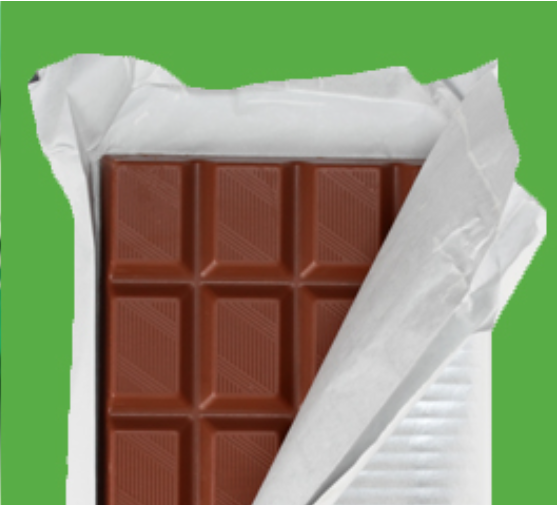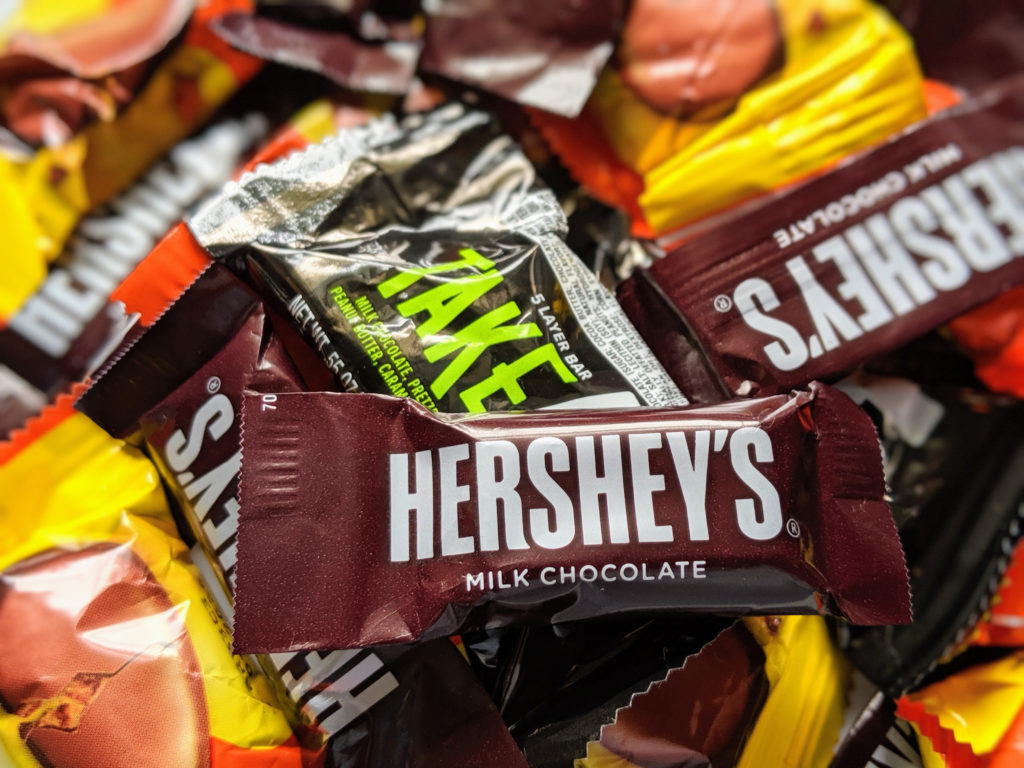Did you know that there’s a science to constructing the perfect Easter basket? You’ve got to have hard candies, baked goods, tons of chocolate, and, of course, there are countless varieties of Easter candy and egg hunt sweets to choose from that deserve an invite to the party. Over the next few days, candy will compete to be the topic of conversation—at least it certainly will be amongst the kids! The “Easter Bunny” will make an appearance and many people across the country will attend church to celebrate the real reason behind the holiday. The unsung heroes of the Easter holiday, however, that won’t be getting much recognition are the candy wrappers that will be left behind. Nobody knows when or where the first candy wrapper came from, but we can safely assume the reasons behind why candy makers embraced wrappers as one of the most important aspects of their product. If you’re like me and you’ve already stocked up, you need those sweet snacks to stay fresh for Sunday. Keep reading to learn more about the paper packaging that will be put to work this weekend.
Versatility
Believe us when we say paper is everywhere when it comes to candy, not just on the wrapper.

For example, the paper that ultimately finds its way around the stick of a lollipop…some of that is Domtar’s! We make a variety of products for candy including stick papers, twisting and confectionary papers. Our food paper is known for its strength, consistency and glossy finish and it can be used for all types of purposes, whether it’s twisted around toffees, folded over gum or wrapped around chocolate bars. The finished wrappers themselves also feature other characteristics, depending on the type of candy being wrapped. The paper that will be twisted around a piece of taffy or lollipop stick needs to be strong to hold up to the wrapping process and squares of taffy or sticks of gum require a dead fold (meaning it won’t unfold spontaneously) that doesn’t weaken the integrity of the wrapper. Different candies require specific treatments, but it all starts with paper.
Not only do Domtar food papers meet all necessary criteria plus some, but they’re also lightweight with high density. Many of the wrappers go through wet waxing as well, which provides a barrier to protect the candy. Ultimately, to be a candy wrapper, you’ve got to be a jack of all trades and the many papers used for Easter are not getting the recognition they deserve.
Preservation
If there’s one piece of Easter candy, there’s one hundred. Unless you’ve got a bigger family than the Brady Bunch, there will be some left over so the food within the wrapper must stay as fresh as possible for as long as it can. Like most foods, there are several ingredients in any given piece of candy (chocolate, gelatin, molasses, preservatives, and more) that must be protected from the elements.

For that purpose, every candy has its unique system for wrapping and protecting its ingredients and paper is a crucial part of that process. Packaging with airtight seals is vital to protect the candy from harmful outside influences, such as microbes, contaminants and unwanted human tampering. This represents one of the best measures in prolonging the shelf life of candy products.
Marketing
What’s your favorite type of Easter candy? Hershey’s bar? Smarties? Peeps? Reese’s?
Take a look at the top 10 most popular candies, according to Instacart:
- Cadbury Easter Crème Egg
- Reese’s Peanut Butter Eggs
- Starburst Easter Jellybeans
- Cadbury Chocolate Mini-Eggs
- Hershey’s Milk Chocolate Kisses
- M&M’s Easter Milk Chocolate Candy
- Lindt Milk Chocolate Bunny
- Brach’s Jelly Bird Eggs
- PEEPS Yellow Marshmallow Chicks
- Hershey’s Milk Chocolate Candy Eggs

See any familiar faces? Whether your favorite treat is represented on the list above or not, I’m sure your mind immediately created an image of the candy’s appearance. Packaging and branding are two of the most important elements of a candy bar, aside from preservation. Other products may come in a variety of diverse and unique containers, but candy bars are all cohesive. Narrow, long and rectangular, they are wrapped in similar packaging that consists of colorfully printed paper and in a fairly standard price range. Therefore, appearance and immediate recognition are vital to the success of the type and brand, and that’s where we come in.
Paper is a key component when it comes to branding. An inconsistent paper leads to an inconsistent brand appearance. Aside from its other qualities, candy wrappers must print well so it’s easy to spot on the shelf and it makes it easy for your little ones to find the hidden pieces in the grass or tucked around the house.
So, after you get home from Church this Sunday and all of the Easter Bunny’s eggs have been cracked open, unwrap a piece of candy and take a close look at the wrapper. Even if you don’t see anything special on the surface, you now know the role that piece of paper has played!
From grease-resistant food papers to printable bags and wrappers, our specialty base paper offerings meet the most demanding requirements in the food industry. We offer a variety of features, including water resistance, grease resistance, heat resistance qualities and excellent strength properties.
To learn more about our food paper offerings, visit Domtar.com.
For more on the incredible capabilities of paper, visit our blog at paper.domtar.com.



Discussion